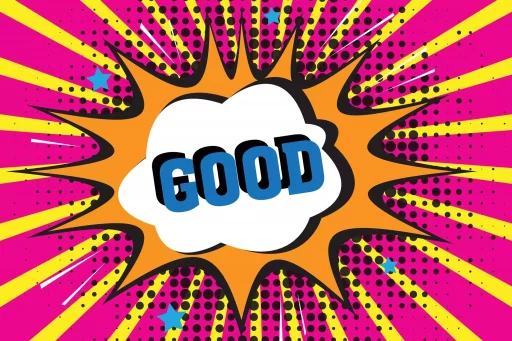Understanding WLW
In today’s digital world, acronyms and slang terms have become an integral part of communication. One such acronym is WLW, which stands for “women loving women.” This term is primarily used to describe relationships, attractions, and identities within the feminine spectrum of the LGBTQ+ community.
The Rise of WLW
As societies become more inclusive and accepting of different sexual orientations, terms like WLW have gained prominence. The rise of social media has further accelerated this trend, providing safe spaces for women who love women to connect and communicate.
Understanding the Community
The WLW community is not just about romantic love; it encompasses a wide range of relationships, including friendships, platonic partnerships, and familial bonds among women. For many, identifying as WLW can provide a sense of belonging and validation in a broader cultural context.
Examples of WLW in Pop Culture
- Television: Shows like “The L Word” and “Orange Is the New Black” have portrayed WLW relationships, significantly impacting public perception and awareness of same-sex relationships.
- Music: Artists such as Hayley Kiyoko and Tegan and Sara have openly expressed their identities through their music, attracting a strong WLW fanbase.
- Literature: Novels focusing on WLW experiences, such as “Fingersmith” by Sarah Waters, highlight the complexities and beauties of love between women.
Case Studies: WLW Representation
In a study by the GLAAD Media Institute, it was found that the representation of LGBTQ+ characters in media can significantly influence public perception. Here are some statistics:
- In 2021, WLW characters made up about 27% of LGBTQ+ representation in television.
- 73% of LGBTQ+ viewers believe that they can relate to WLW storylines.
This increase in representation not only provides visibility for the WLW community but also plays a crucial role in educating society at large about the spectrum of love and relationships present in the world.
The Importance of Language
Language shapes our communities, and acronyms like WLW play a significant role in affirming identities. For many women who love women, using the term WLW helps to establish a sense of community and recognition. It allows individuals to express their identities in a simple yet profound way.
Challenges Faced by WLW
Despite the progress made in acceptance, WLW individuals still face numerous challenges, including:
- Social Stigma: Many WLW individuals encounter prejudice or misunderstanding, which can affect their mental health.
- Over-Sexualization: The media sometimes frames WLW relationships through a male gaze, which can diminish their authenticity and complexity.
- Invisibility: WLW relationships are often less visible than their male counterparts, making it essential to continue advocating for representation.
Conclusion: Embracing WLW
The term WLW is more than just an abbreviation; it represents a vibrant community of women who experience love in diverse and transformative ways. While challenges remain, increasing awareness and representation are essential to fostering understanding and acceptance. As we continue to navigate the complexities of identity and connection, embracing terms like WLW can be a powerful way to celebrate love and diversity.


